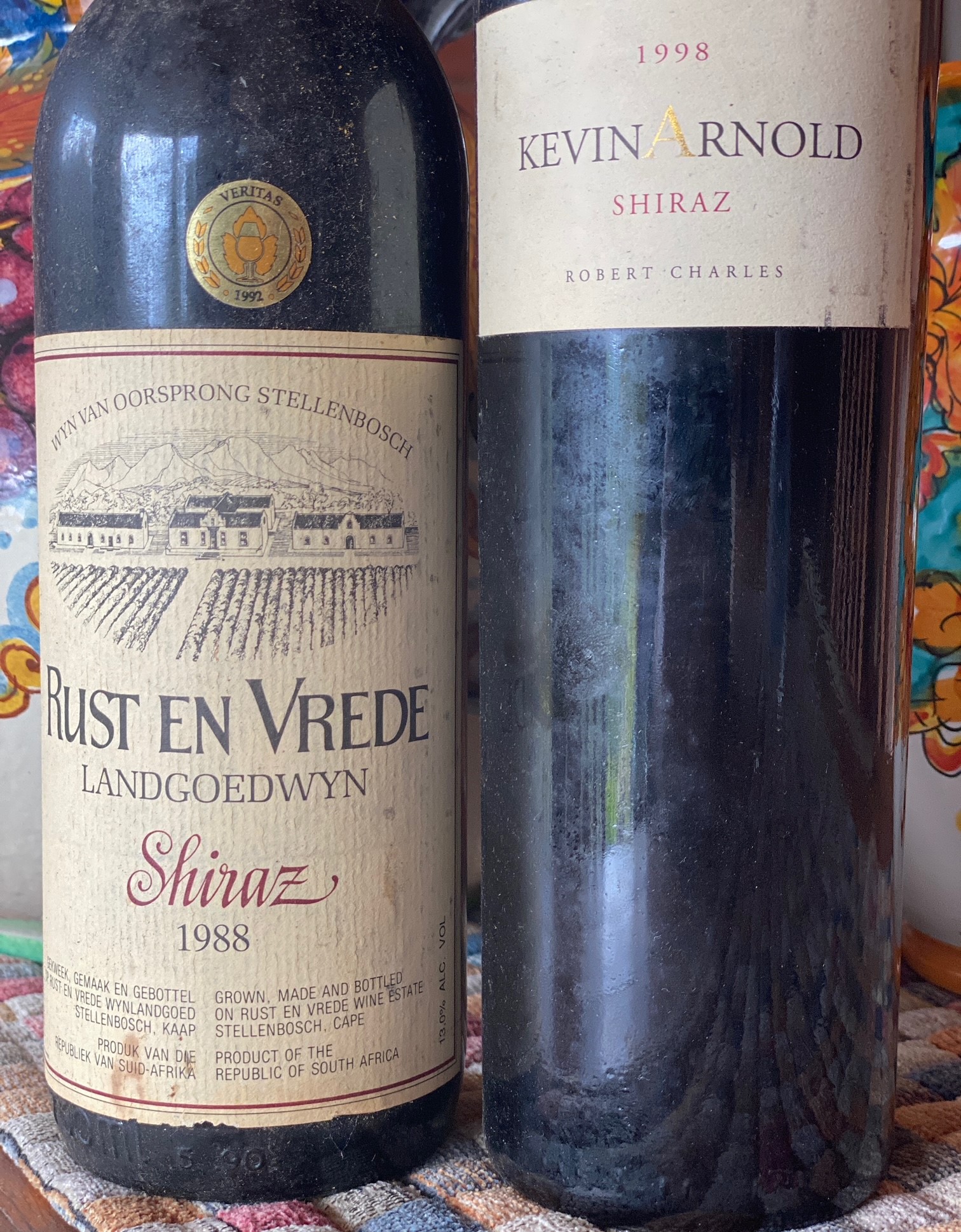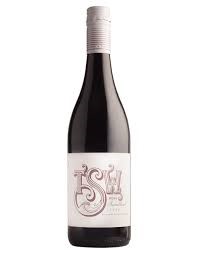Shiraz – or Syrah – South African style
When considering shiraz’s progress in South Africa, it’s necessary to bear in mind the overall decline in vineyard area. In the period 2015 to 2020, it decreased from 98 500 ha to 92 000 ha. Despite this, shiraz has held to around 10.5 to 10% of the total area. The real change is the grape’s spread across the winelands. If its heartland is still Stellenbosch, closely followed by the Swartland, this Rhône variety’s wings have spread far and wide: it’s found in Fouriesberg, Eastern Free State, Sutherland in the Northern Cape and Ceres Plateau, all high-lying, cool-climate areas. At the foot of Africa, Elim and Malgas, also have cool climates and shiraz.
If shiraz demands and responds to specific vinification, it also has individual requirements depending on where it’s grown, in Stellenbosch as well as the new areas.
Kevin Arnold, partner with the Ord family in Waterford, has been producing shiraz in several Stellenbosch wineries for nearly 40 years. His emphasis at Rust en Vrede, ‘was on fruit quality and flavour; we picked before the berries started to shrivel, resulting in lower alcohols and more elegance.’ This was in contrast to many who waited until the berries were shrivelled and much riper. New oak also played a bigger role then. Today, Kevin believes there’s more focus on site specific wines, purity, texture and length; the days of high alcohol, extracted are disappearing. In the vineyards, there are more clones, cleaned-up older clones and more attention paid to older vineyards.
 Left: Daryl Balfour: Rust en Vede & Kevin Arnold Shiraz
Left: Daryl Balfour: Rust en Vede & Kevin Arnold Shiraz
What about specific characteristics of a Stellenbosch shiraz? Kevin lists; ‘White and black pepper, fynbos, leather and olive tapenade are notable from older Helderberg vineyards.’
Elim, near Cape Agulhas, at the foot of Africa, is a newish region for shiraz; Trizanne Barnard with her Trizanne Signature Wines is one of the most successful exponents. ‘Specific cool-climate viticulture is required’, she notes, ‘opening the canopy, dropping crop to spread the bunches and get enough sunlight into them.’ In winemaking, Trizanne reckons her most important change is that she now harvests on taste of the grapes and phenolic ripeness, a move allowing gentler vinification and less extraction. With this approach, she also captures Elim’s specific saltiness, white pepper, silky tannins in an elegant wine but one with gravitas.

The Swartland is a decidedly warm and dry area. Chris and Andrea Mullineux farm naturally for healthy soils and the balanced vines this encourages. Complexity comes from a mix of sunlight and shade, so fully open vine canopies are avoided. The goal of expressing a sense of place in the wines is realised via a similar natural approach in the winery, including very little new wood. Unsurprisingly, the Mullineux’s view is that a Swartland shiraz should reflect its warm, sunny demeanour, lovely texture, freshness and firm yet unaggressive tannins.
Hmm, but is it Shiraz or Syrah for these winemakers? Kevin Arnold, who uses a Bordeaux-shaped bottle, reckons shiraz, ‘but syrah on a Burgundy bottle’. ‘Syrah just sounds a lot more elegant,’ Trizanne reckons and the Mullineux’s goal of complexity, balance and freshness also requires syrah.
Whichever, the wines are making waves locally and internationally.
Blog by - Angela Lloyd